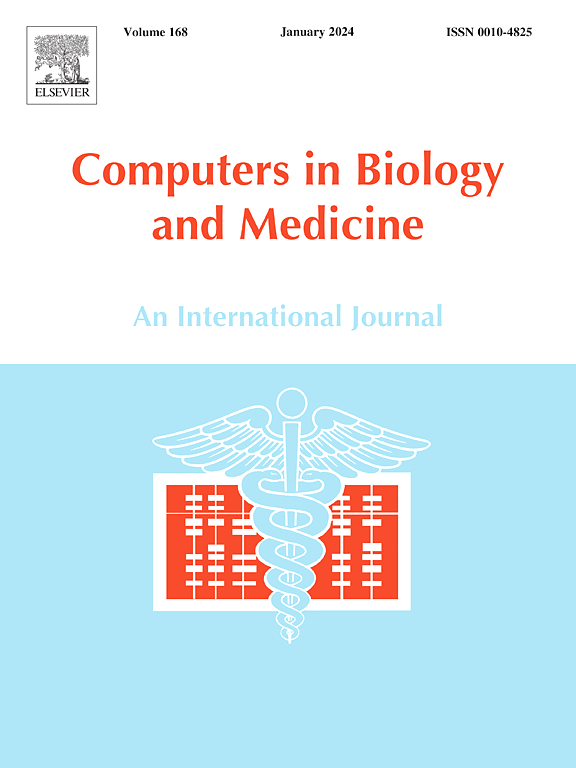病理突变对CHCHD2单体结构的影响:与构象集合产生相关的AlphaFold3研究
IF 6.3
2区 医学
Q1 BIOLOGY
引用次数: 0
摘要
CHCHD2是一种线粒体蛋白,与帕金森病(PD)、阿尔茨海默病(AD)和额颞叶痴呆(FTD)等神经退行性疾病有关。为了研究疾病相关突变的结构效应,我们使用AlphaFold3和AFflecto的构象集合模型分析了19种致病变异。虽然旋转半径和端到端距离基本保持不变,但突变显著改变了二级结构元素和接触图,特别是在局部折叠中。内在紊乱和LLPS分析显示,突变调节蛋白质的液滴形成能力和相互作用的灵活性。这些变化可能影响蛋白质-蛋白质相互作用、相行为和线粒体功能。我们的研究结果表明,致病性CHCHD2突变引起微妙但功能相关的结构扰动,而不是全局不稳定。这项研究强调了基于集合的建模在理解与神经变性有关的内在紊乱蛋白的突变诱导功能障碍中的重要性。本文章由计算机程序翻译,如有差异,请以英文原文为准。

Effects of pathological mutations on the CHCHD2 monomer structure: A study by AlphaFold3 linked to the generation of conformational ensembles
CHCHD2 is a mitochondrial protein linked to neurodegenerative diseases such as Parkinson's disease (PD), Alzheimer's disease (AD), and frontotemporal dementia (FTD). To investigate the structural effects of disease-associated mutations, we analyzed 19 pathogenic variants using AlphaFold3 and conformational ensemble modeling with AFflecto. While the radius of gyration and end-to-end distances remained largely unchanged, mutations significantly altered secondary structure elements and contact maps, particularly in local folding. Intrinsic disorder and LLPS analyses revealed that mutations modulate the protein's droplet-forming capacity and interaction flexibility. These changes may impact protein-protein interactions, phase behavior, and mitochondrial function. Our findings indicate that pathogenic CHCHD2 mutations cause subtle but functionally relevant structural perturbations rather than global destabilization. This study underscores the importance of ensemble-based modeling in understanding mutation-induced dysfunction in intrinsically disordered proteins involved in neurodegeneration.
求助全文
通过发布文献求助,成功后即可免费获取论文全文。
去求助
来源期刊

Computers in biology and medicine
工程技术-工程:生物医学
CiteScore
11.70
自引率
10.40%
发文量
1086
审稿时长
74 days
期刊介绍:
Computers in Biology and Medicine is an international forum for sharing groundbreaking advancements in the use of computers in bioscience and medicine. This journal serves as a medium for communicating essential research, instruction, ideas, and information regarding the rapidly evolving field of computer applications in these domains. By encouraging the exchange of knowledge, we aim to facilitate progress and innovation in the utilization of computers in biology and medicine.
 求助内容:
求助内容: 应助结果提醒方式:
应助结果提醒方式:


